Discounted-Cash-Flow-Analysis: Your Complete Guide with Examples
Valutico
OCTOBER 20, 2022
What is The Discounted Cash Flow Method? This complete guide to the discounted cash flow (DCF) method is broken down into small and simple steps to help you understand the main ideas. . What is the Discounted Cash Flow Method? What is the discounted cash flow method?

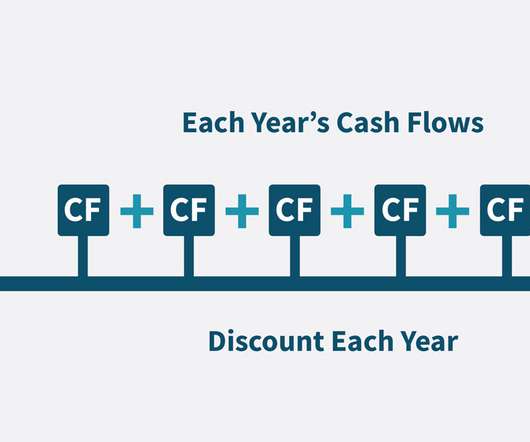
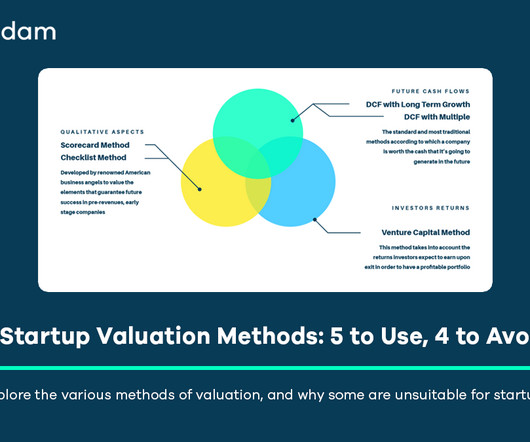



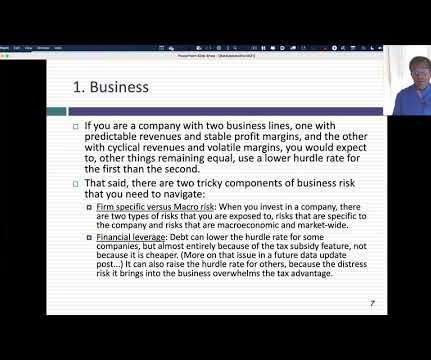
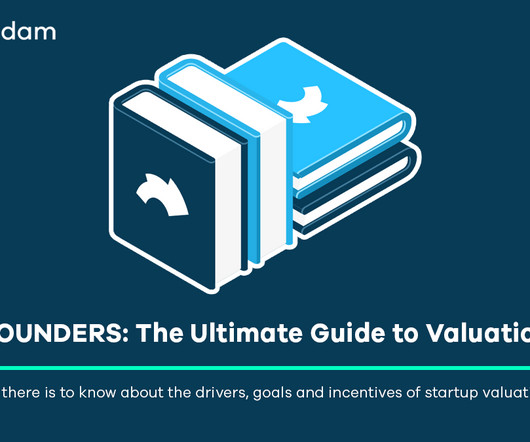
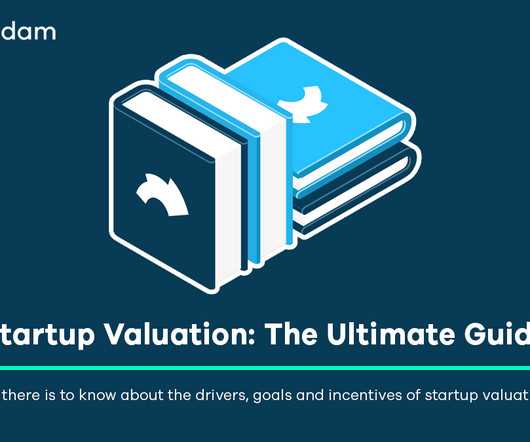
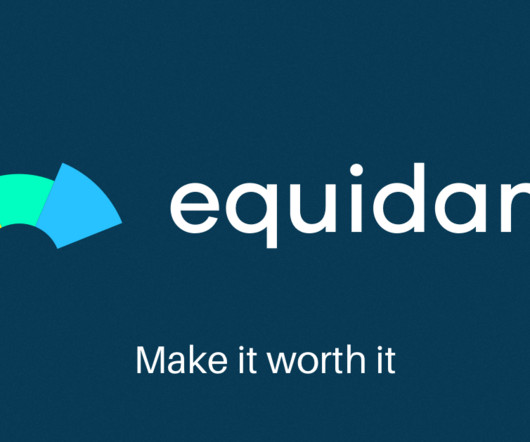






Let's personalize your content